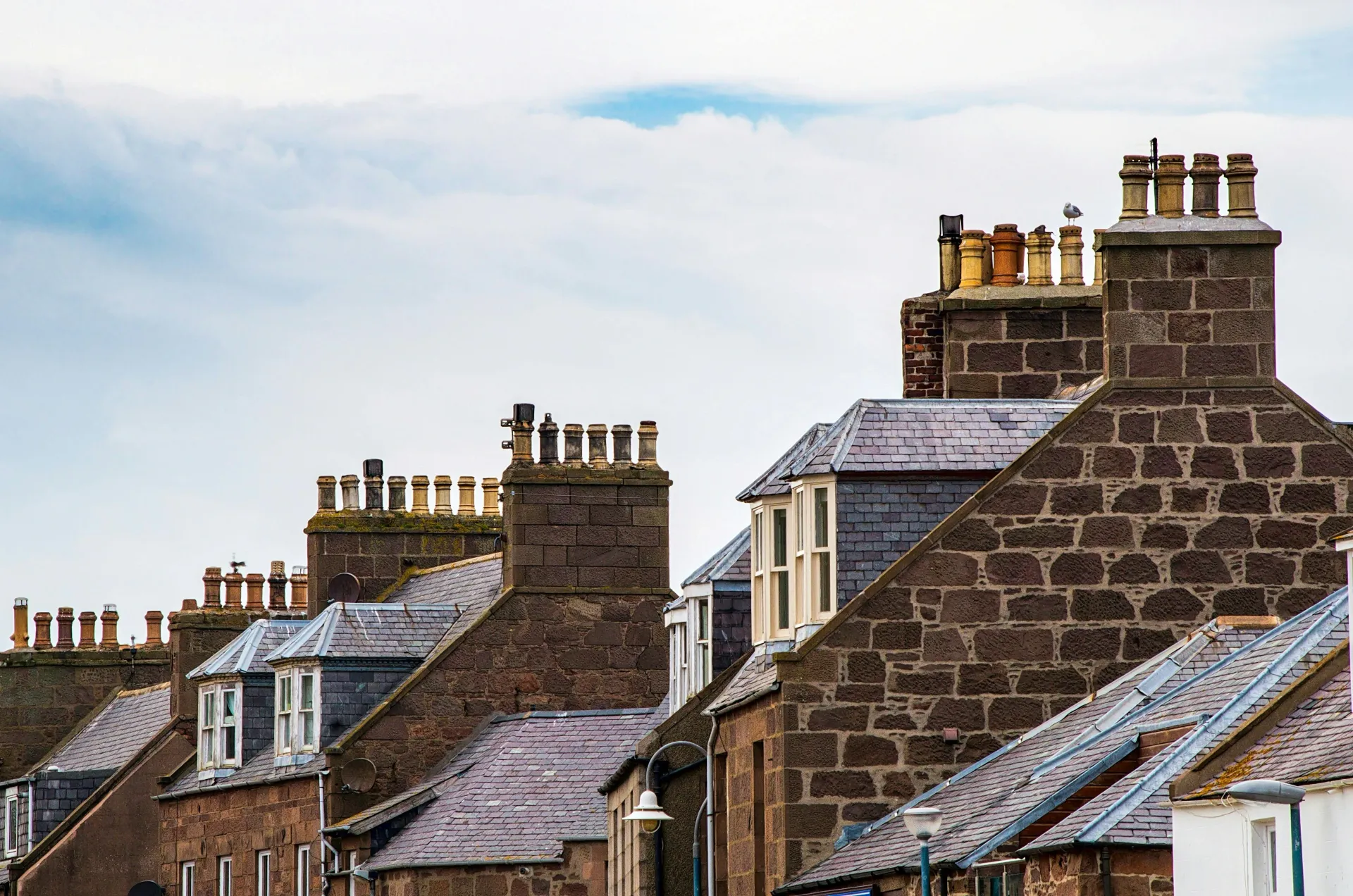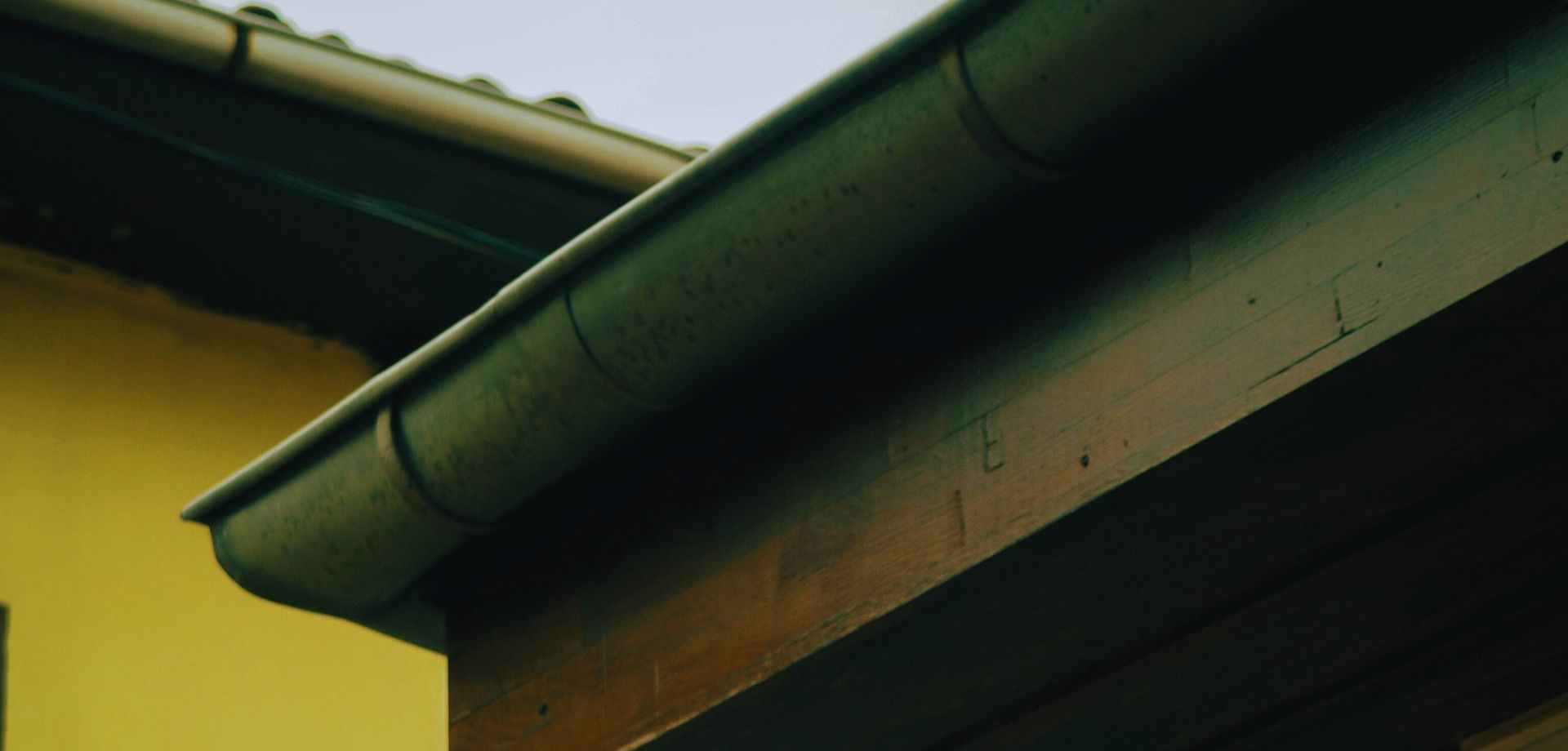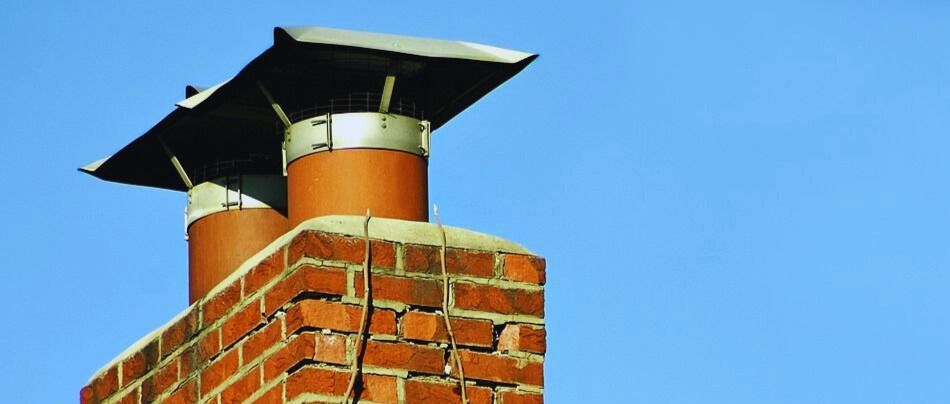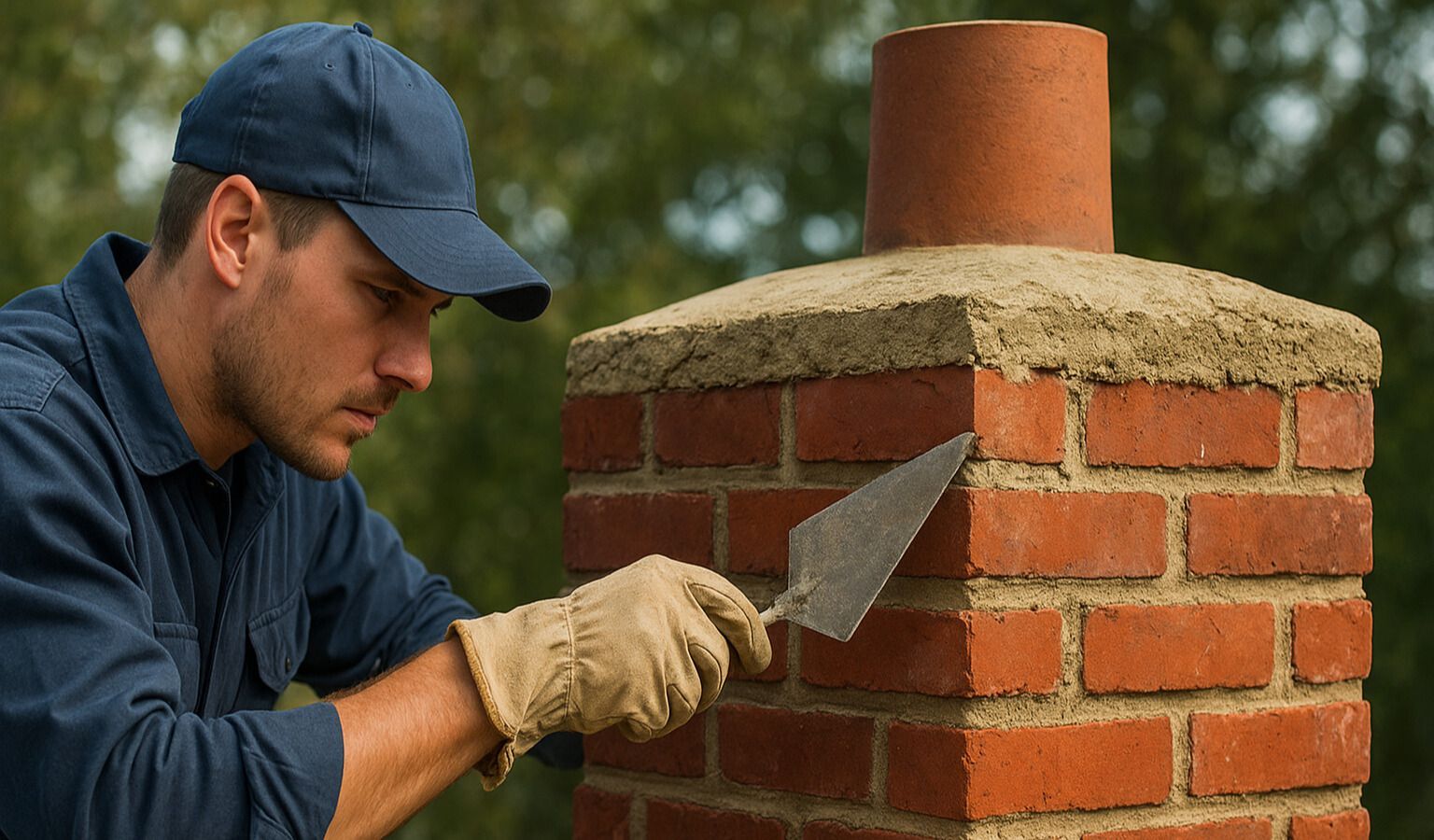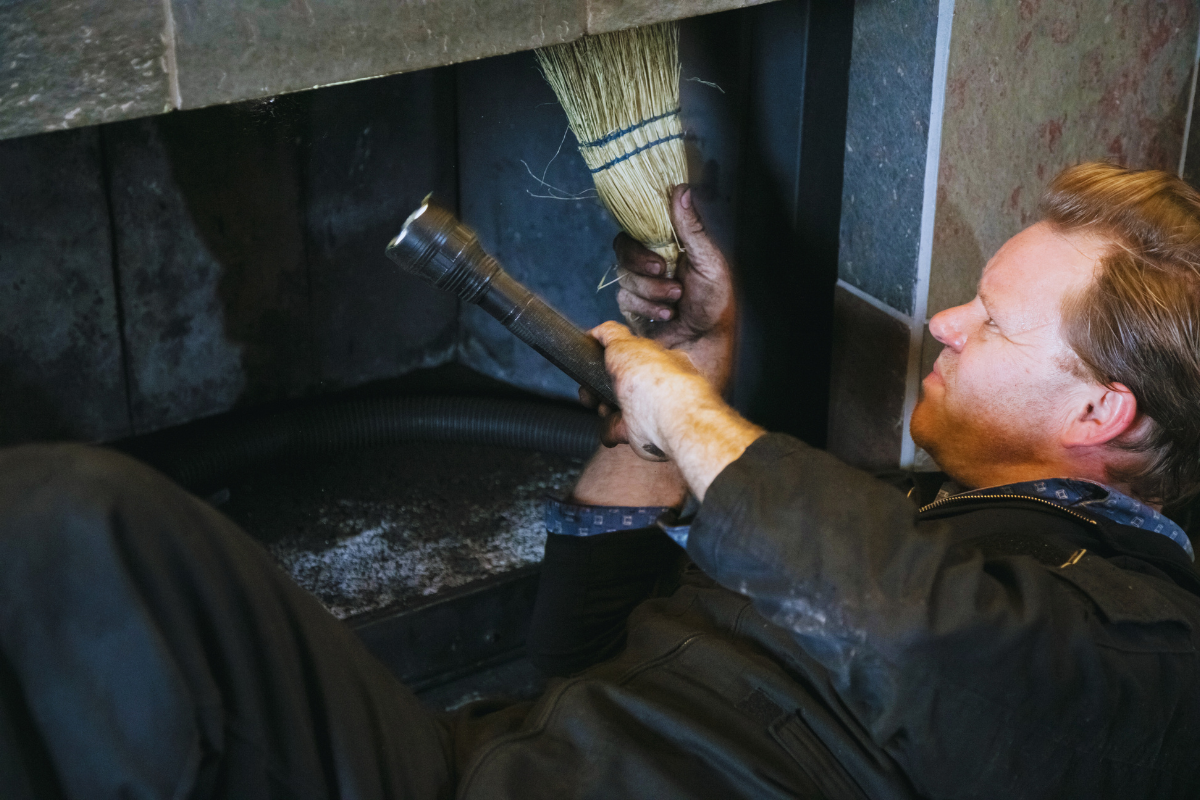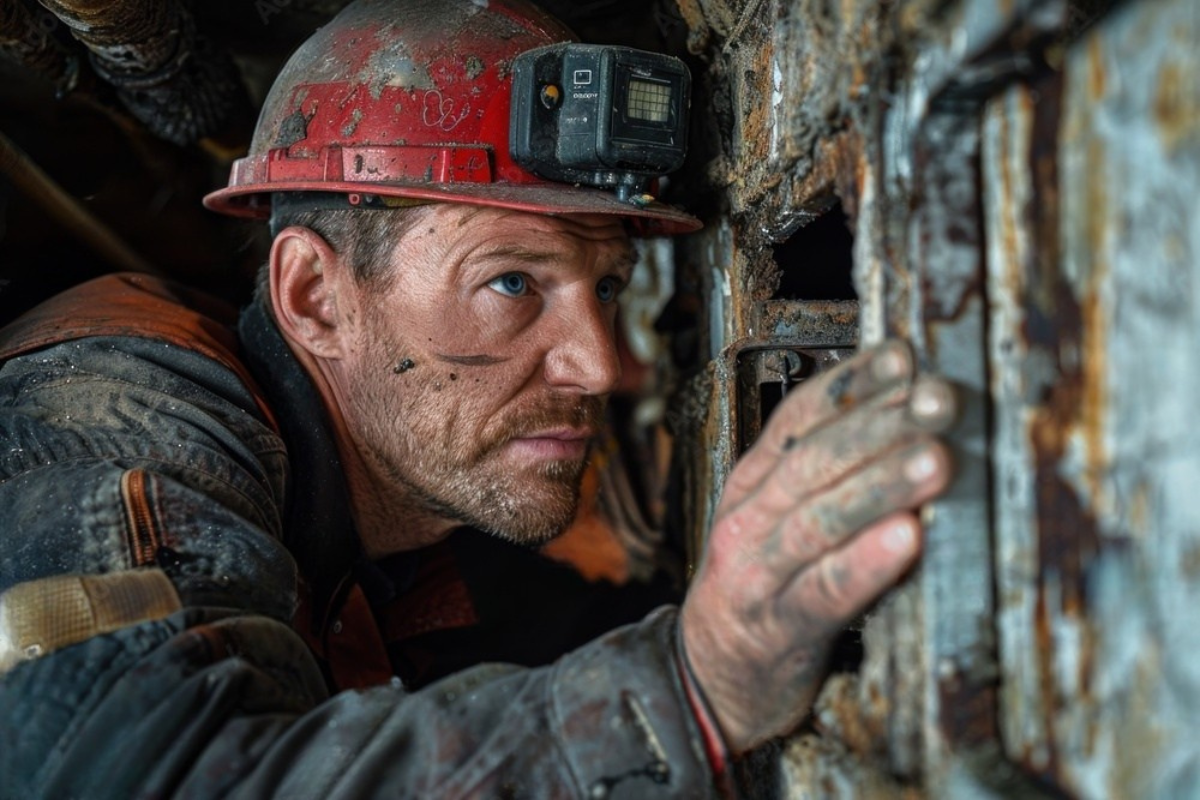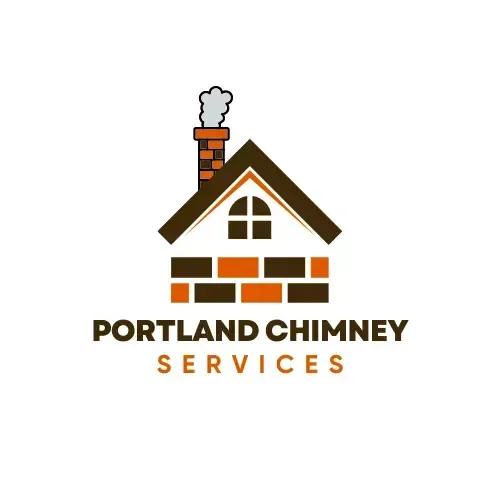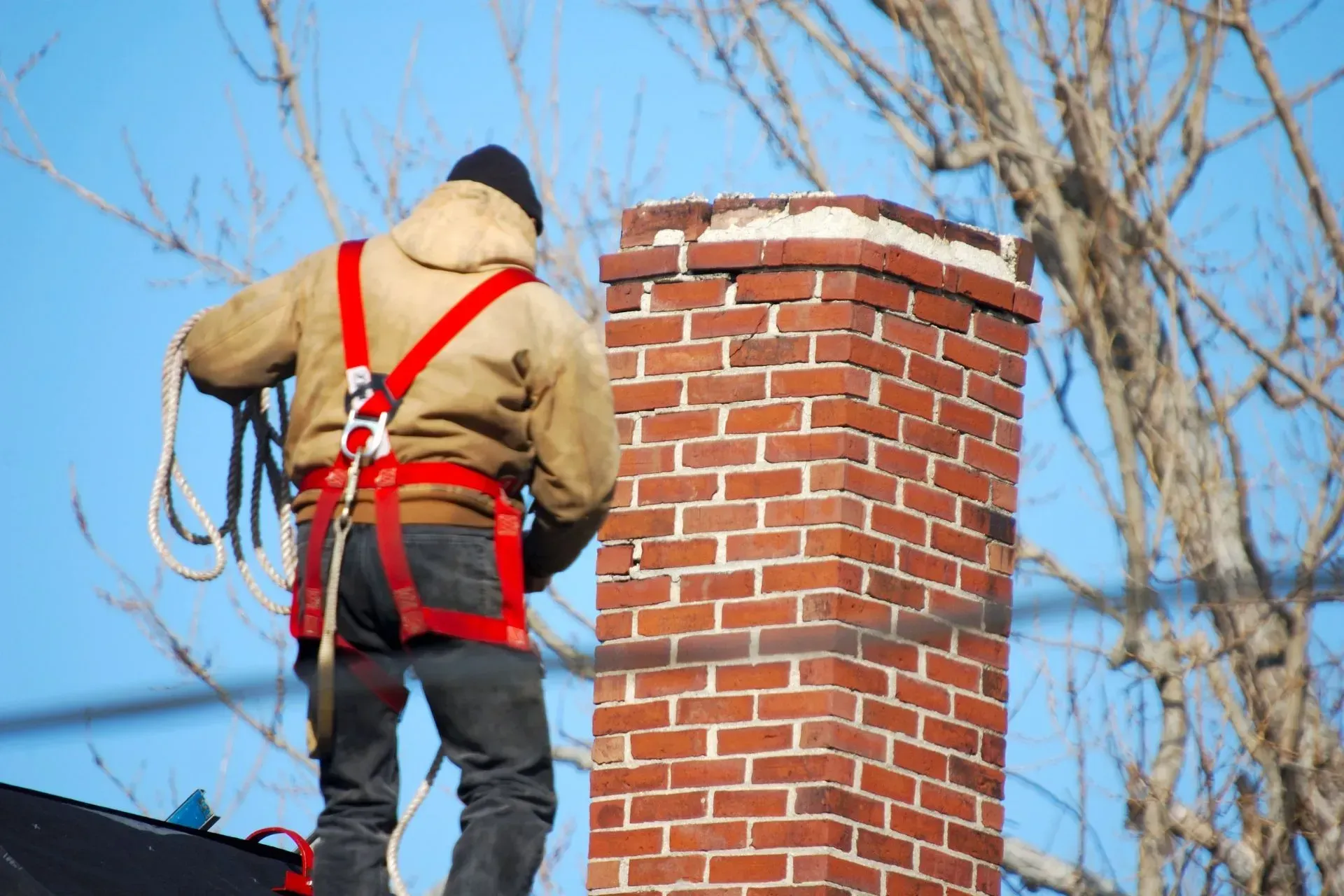Is your fireplace misbehaving? Dealing with smoke in your living room or spotting cracks on your chimney’s crown? If so, you're not alone. Chimney troubles are more common than most homeowners realize—but luckily, they can be solved with the right knowledge and expert care. In this guide, we’ll explore the most frequent chimney problems, how to spot them early, and how to fix them before they become major (and costly) disasters.
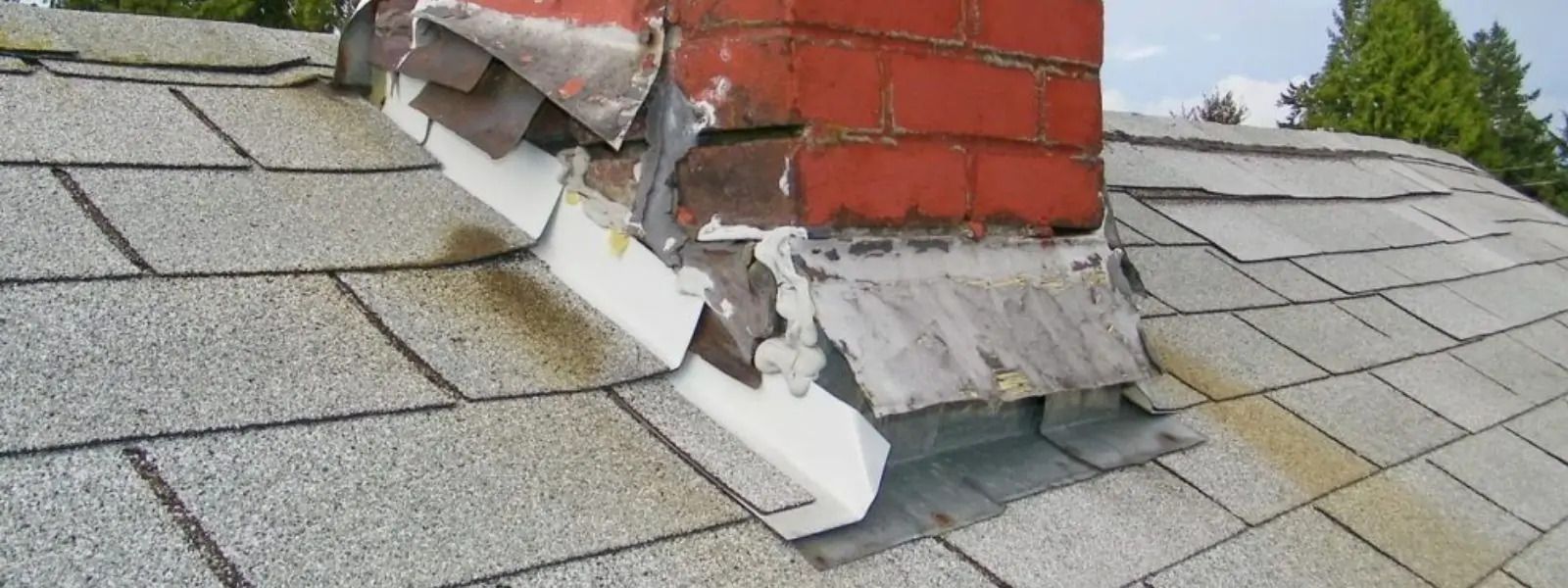
Understanding Common Chimney Troubles
Chimneys might seem sturdy and straightforward, but they’re surprisingly complex structures. Over time, exposure to weather, poor maintenance, and natural wear can lead to a range of problems.
Signs Your Chimney May Be in Trouble
Here’s what to watch out for:
- Visible cracks or loose bricks
- Water stains on ceilings near the chimney
- Smoke not venting properly
- Unusual smells (like burnt wood) even when not in use
- White staining (efflorescence) on the outside of the chimney
Catching these signs early can save you time, money, and safety risks down the road.
The Importance of Regular Chimney Inspections
Annual inspections help spot:
- Creosote buildup
- Animal nests or debris
- Early structural damage
- Liner deterioration
Professional inspections ensure your chimney stays safe and functional. Learn more from trusted Chimney Service providers.
Cracked Chimney Crowns: Causes and Fixes
The chimney crown protects your flue from water and debris. When cracked, it invites leaks and freeze-thaw damage.
Fixes include:
- Waterproofing
- Rebuilding the crown
- Sealing hairline fractures with special compounds
This small component plays a big role—don’t ignore it!
Chimney Leaks and Water Damage Solutions
Leaky chimneys are more than a nuisance. They cause:
- Mold growth
- Rusted damper assemblies
- Damaged ceilings and walls
Common fixes:
- Installing chimney caps
- Waterproof coatings
- Flashing repair or replacement
A simple call to your local Chimney Service can prevent bigger issues.
Brick Spalling and Masonry Deterioration
If your bricks are flaking or crumbling, that’s spalling—often caused by moisture penetration and freeze-thaw cycles.
Solution:
- Replace damaged bricks
- Apply breathable sealants
- Tuckpointing (replacing old mortar)
This preserves your chimney’s integrity and appearance.
Smoke Backdrafts and Poor Ventilation
If smoke flows into your living space, your chimney might not be drafting properly.
Causes include:
- Flue blockages
- Poor design or construction
- Negative air pressure indoors
You may need a flue resizing or a top-sealing damper to fix the issue.
Blocked Chimneys: Debris, Nests, and Soot
A blocked chimney prevents proper exhaust, leading to dangerous carbon monoxide buildup.
Signs of blockage:
- Smoke spillage
- Strange animal noises
- Poor fire performance
Install a chimney cap and get regular cleanings to avoid this.
Chimney Fires: Warning Signs and Prevention
Creosote—highly flammable soot—can ignite silently in your chimney.
Prevention tips:
- Get annual cleanings
- Use seasoned wood only
- Install a stainless steel liner
Be alert for loud cracking sounds or dense smoke during a fire—then call emergency services immediately.
How Often Should You Clean Your Chimney?
Most experts recommend cleaning once a year or:
- After every cord of wood burned
- If you notice heavy creosote buildup
Neglecting this can lead to chimney fires or toxic smoke in your home.
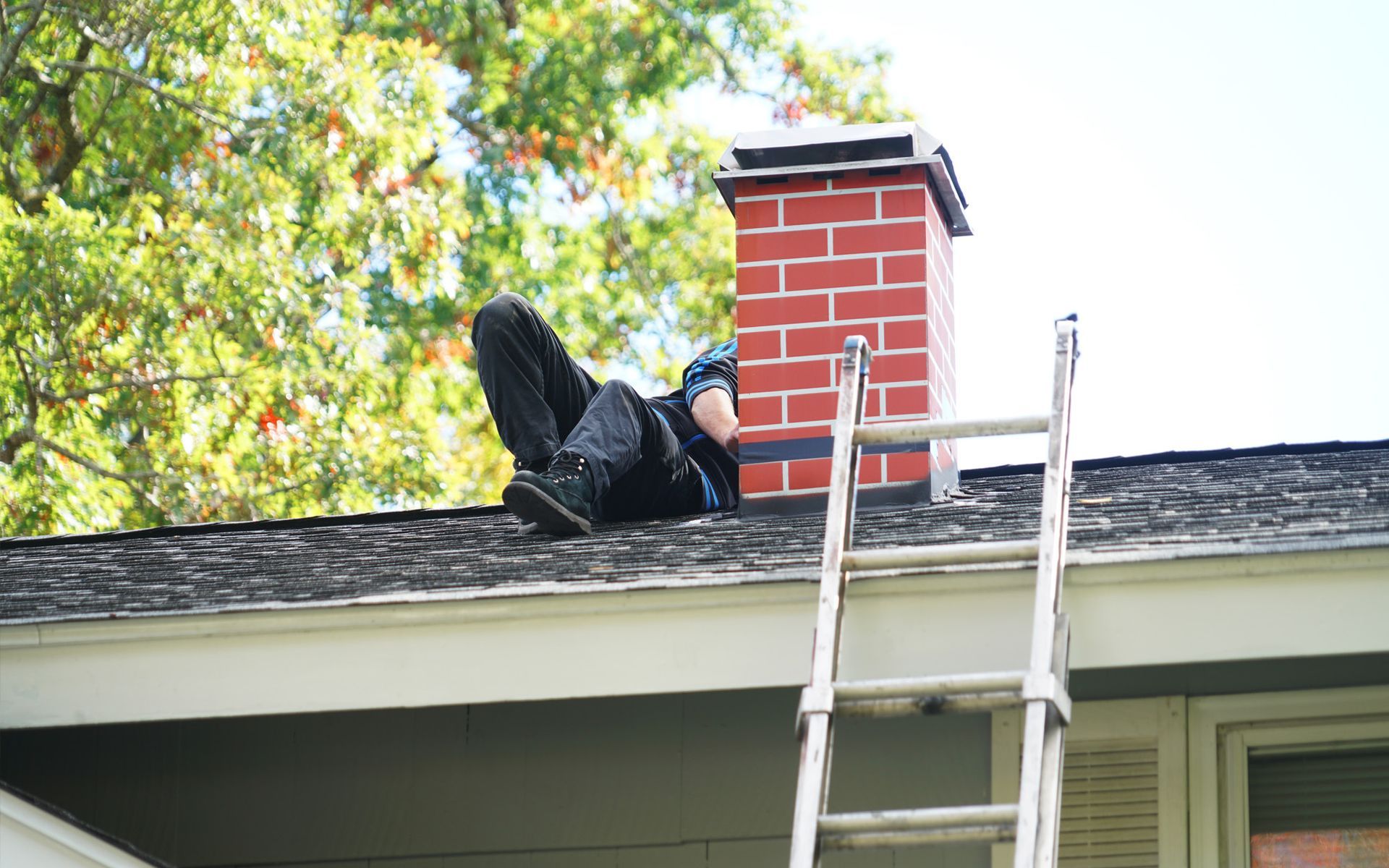
Choosing the Right Chimney Service
Look for:
- Certified technicians (like CSIA-certified)
- Transparent pricing
- Positive reviews
- Prompt customer service
We recommend this trusted Chimney Service based in Portland.
Chimney Liners: What They Are and Why You Need Them
Chimney liners protect your home from heat and combustion gases. A damaged or missing liner:
- Increases fire risk
- Reduces efficiency
- Causes toxic leaks
Modern stainless steel or ceramic liners are long-lasting and efficient.
Winter Chimney Problems and How to Prevent Them
Cold months bring ice dams, freeze-thaw cracks, and creosote buildup.
Winter tips:
- Use a waterproof chimney cover
- Inspect flashing for gaps
- Schedule pre-winter inspection
Prepping ahead of time keeps your fireplace cozy—and safe.
Creosote Buildup: The Hidden Danger
Creosote is a black, tar-like residue that forms from unburned wood particles. It’s:
- Highly flammable
- Tough to remove
- Responsible for most chimney fires
Annual cleanings prevent creosote dangers.
DIY vs. Professional Chimney Repair
DIY works for:
- Cleaning ashes
- Basic firebox maintenance
Call a pro for:
- Structural cracks
- Crown repair
- Relining
Cutting corners on chimney repair can lead to expensive or dangerous results.
How to Choose the Right Chimney Repair Expert
Check for:
- Experience with your specific issue
- Warranty on work
- Insurance and bonding
- Referrals and local reputation
Start with a consultation through their Contact page.
Cost Breakdown for Common Chimney Repairs
Repair Type Estimated Cost (USD)
Chimney cleaning $100–$300
Crown repair $150–$500
Chimney cap install $100–$250
Full relining $2,000–$5,000
Masonry tuckpointing $500–$2,000
Costs vary by location, severity, and service provider.
Chimney Troubles? Here's How to Solve the Most Common Issues
To recap, here’s how to tackle chimney issues:
- Schedule annual inspections and cleanings
- Address leaks, cracks, and creosote early
- Hire experienced professionals for structural work
- Use preventive measures like chimney caps and waterproofing
Taking action now prevents expensive repairs later.
FAQs
What causes chimney leaks?
Leaks are usually caused by damaged flashing, cracked crowns, or lack of a chimney cap.
How can I tell if my chimney is blocked?
Signs include smoke entering your home, poor fire performance, and strange noises from the flue.
How do I fix a cracked chimney crown?
Small cracks can be sealed; severe damage requires a full rebuild. Contact a chimney expert.
Do all chimneys need a liner?
Yes, liners are essential for safe operation. They protect your home from heat and toxic gases.
Are chimney fires common?
Yes, especially in homes with neglected maintenance. Creosote is a major cause.
How much does it cost to repair a chimney?
Depending on the damage, repairs can range from $150 to over $5,000.
Conclusion
Your chimney is more than just a pretty brick structure—it’s vital to your home's safety. Ignoring small issues today can lead to costly damage or even fires tomorrow. But with regular inspections, expert guidance, and timely repairs, your chimney can serve your family for years to come. Don’t wait until it’s too late—get it checked and maintained today by a trusted Chimney Service.
Links
